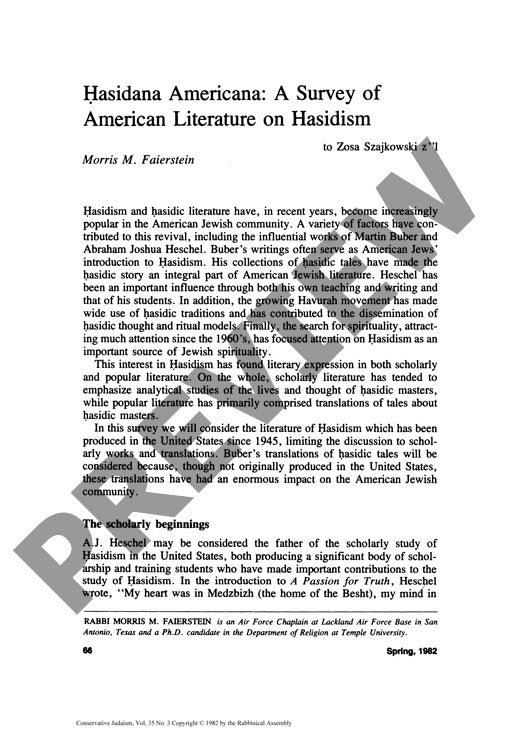Hasidana Americana a Survey of American
Couldn't load pickup availability
The scholarly interpretation of Hasidism in America underwent a dramatic transformation after 1945, driven by a convergence of spiritual seeking, academic innovation, and influential Jewish thinkers. Abraham Joshua Heschel emerged as the cornerstone figure in American Hasidic scholarship through his groundbreaking research on the Baal Shem Tov and Menahem Mendel of Kotsk. A systematic analysis of key publications reveals how American scholars pioneered multidisciplinary approaches to Hasidic studies, incorporating insights from religious studies, psychology, and anthropology—a marked contrast to the historical-literary focus of Israeli academia. Martin Buber's widely-read translations of Hasidic tales, while emphasizing subjective interpretation over historical accuracy, helped catalyze American interest in Hasidic thought. More recent scholarly translations by Dan Ben Amos, Jerome Mintz, and Arnold Band have provided historically grounded alternatives. The revival of interest in Hasidism stems from multiple sources, including a broader search for Jewish spirituality and the influence of the Havurah movement. While popular literature continues to emphasize narrative translations, scholarly work has developed increasingly sophisticated analytical frameworks for understanding Hasidic thought and practice, creating a distinctly American body of Hasidic interpretation.

More Information
-
Physical Description
-
Publication Information
Published
ISBN
-
Publication Credits
Morris Faierstein

